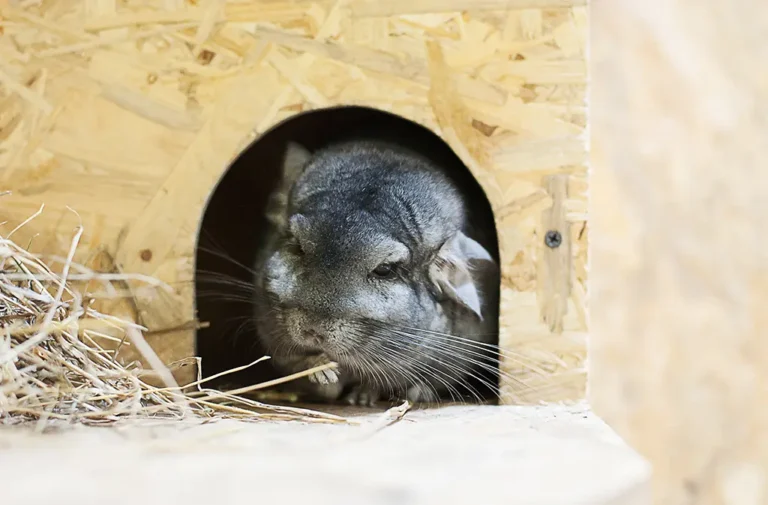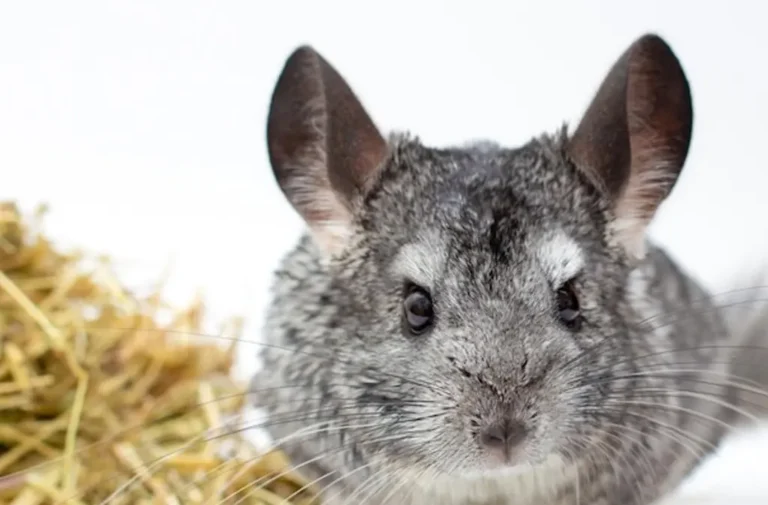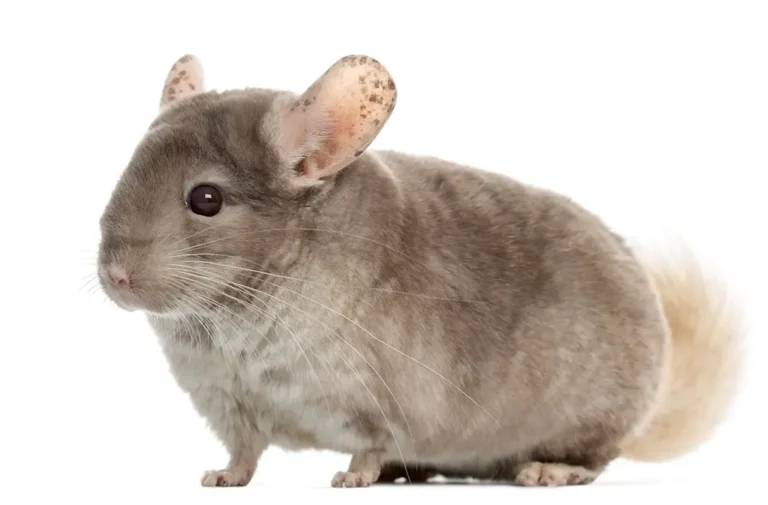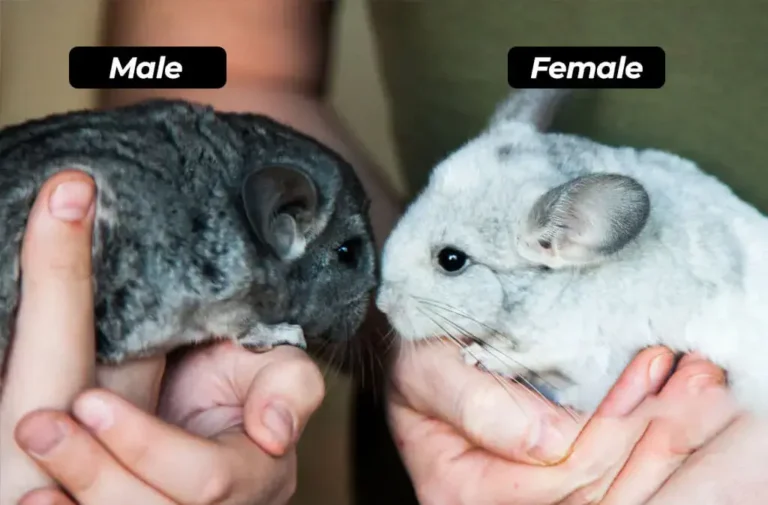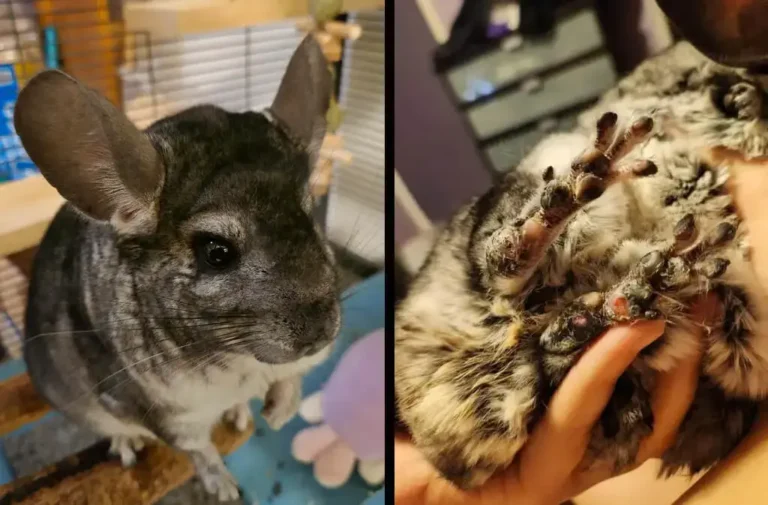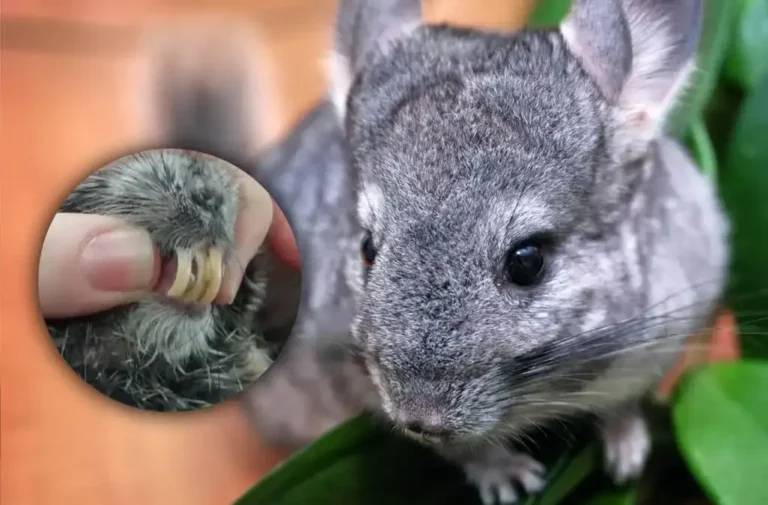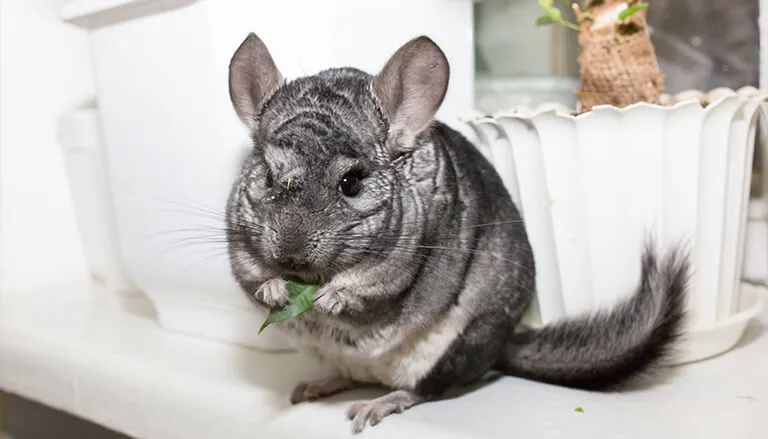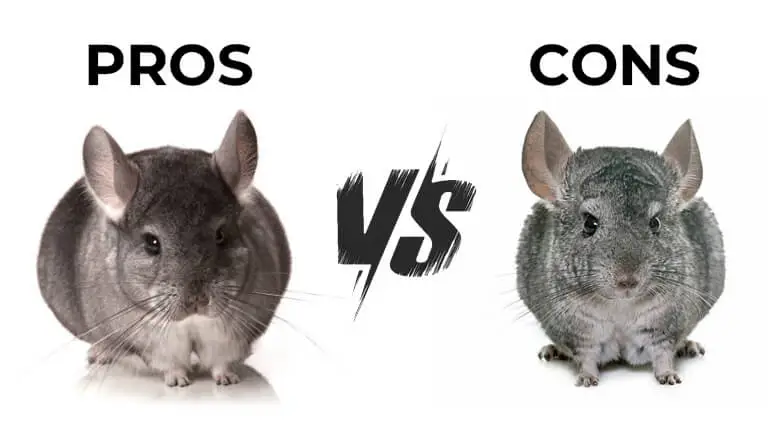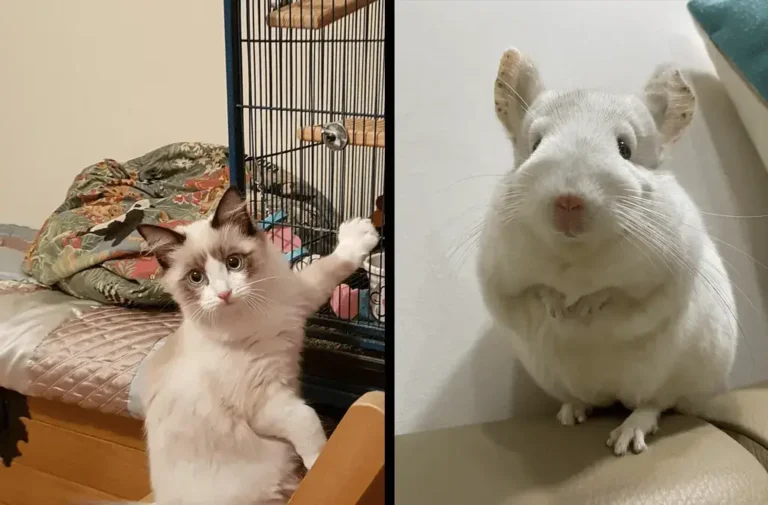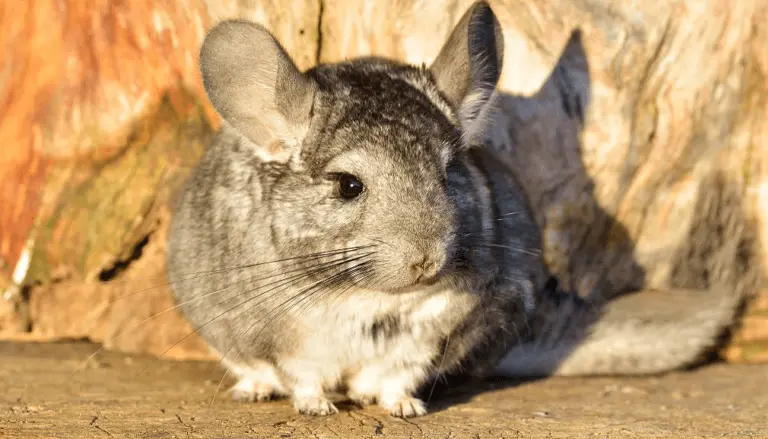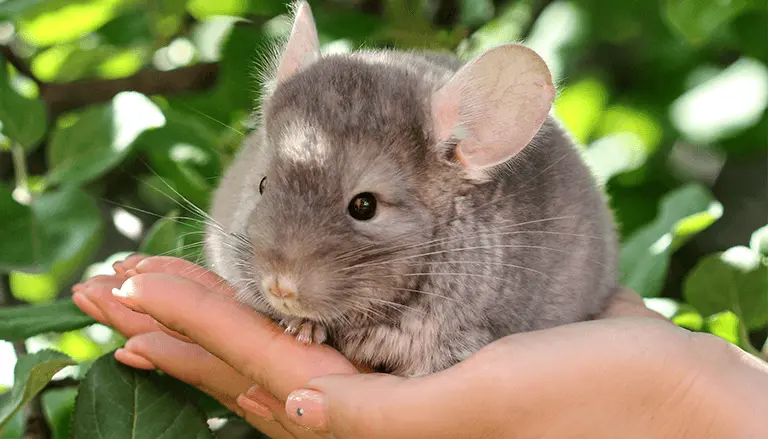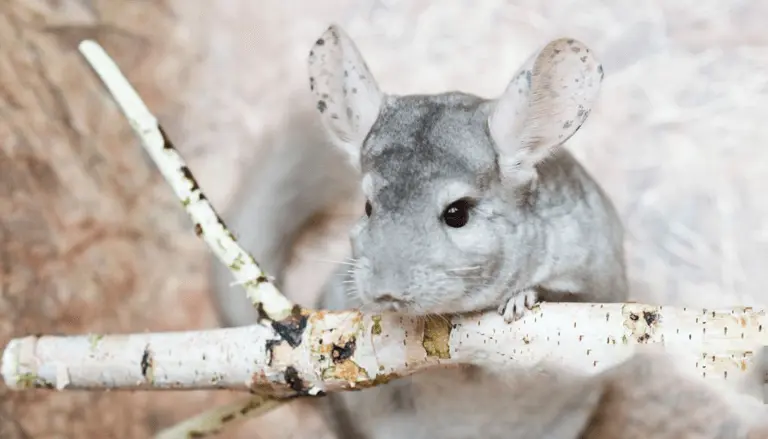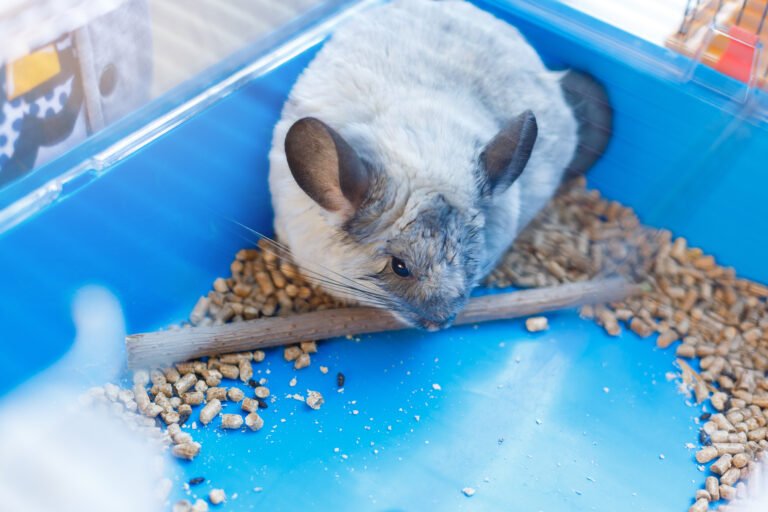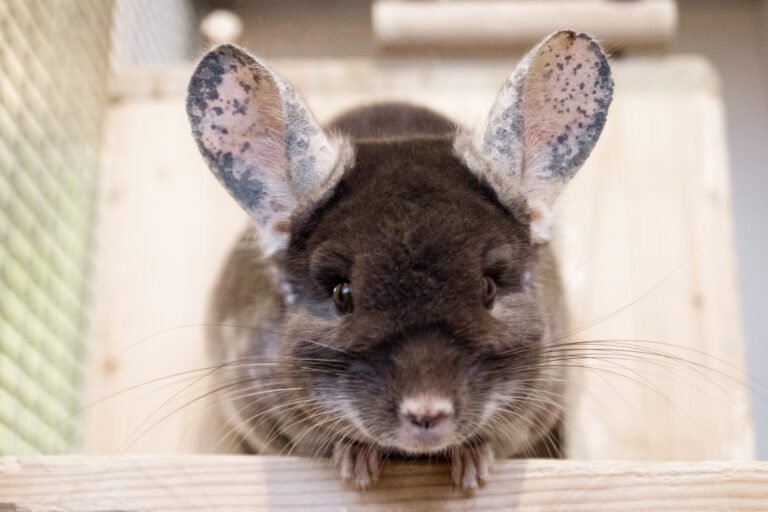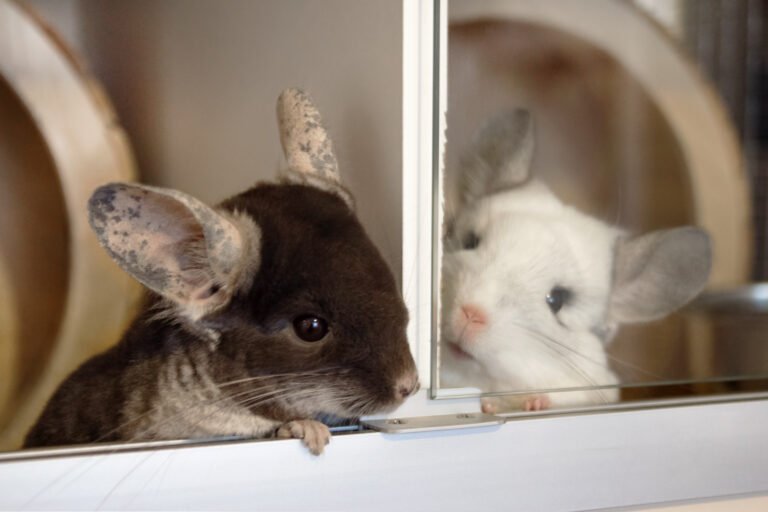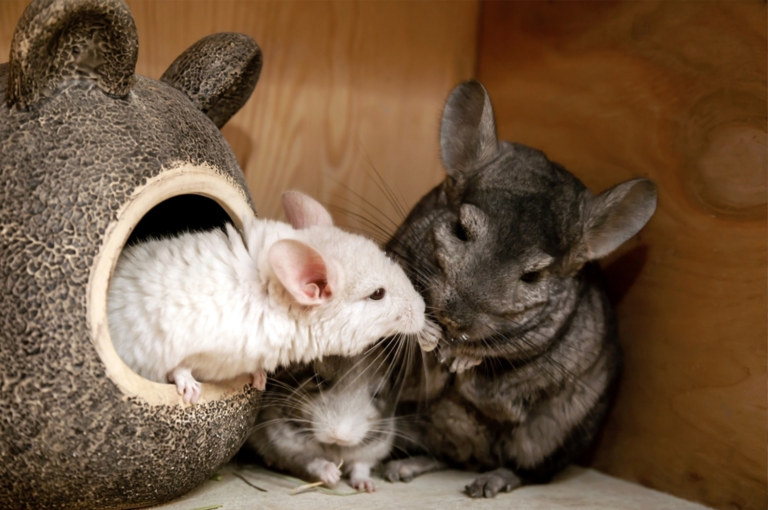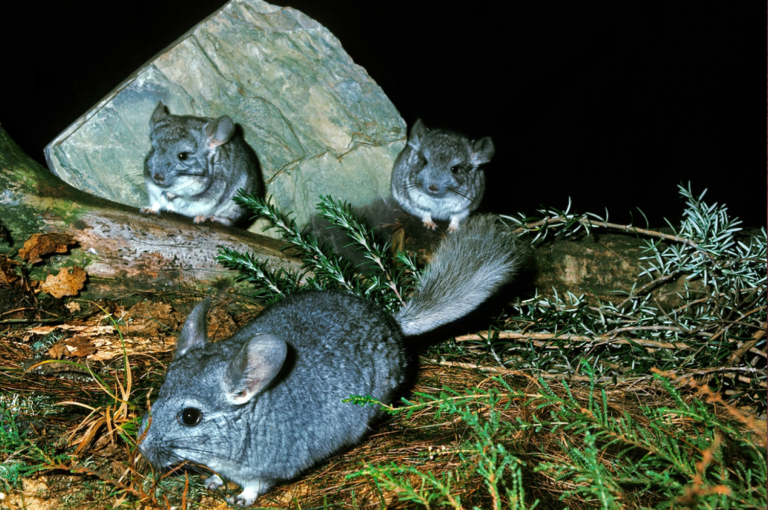Exploring popular chinchilla colors: How It Influence Health

Did you know fluffy, attractive, and cuddly pet chinchillas are available in different captivating colors? Chinchilla colors pellets are endless, which is possible because of the mutation in their genes. Let’s explore the world of these little rodents, where you will be astonished to learn about the array of shades these curious creatures are present.
The captivating shades of these cute rodents vary from simple gray to mosaic and ebony chinchillas. But do you know it is said that these shades have the ability to influence the health of these rodents? Let’s dive deep into their world and understand the mystery of their shades, the role of the genetics behind each hue and myths about its impact on their health. Join us on this journey of the colorful world that awaits within.
The 6 Different Chinchilla Colors
Below are some popular varieties of these rodents that attract most pet enthusiasts.
Beige Chinchilla Color: These little furry creatures have two different beige shades because of a gene mutation. The various hues of their beige fur make their back a little darker than the belly, known as heterozygous beige. On the other hand, those who are homozygous beige have a lighter champagne shade. In addition, they have light purplish and gray eyes.
Mosaic Color: These are the types of rodents that have unique patches on their fur, which makes them attractive creatures. These patches are always in some other shades than the rest of their body.
Purple Color: The purple shade of these little rodents is due to crossing a violet and ebony gene. They have darker bellies, usually gray. It is advised not to breed them with each other to minimize any health issues in the offspring.
Brown Color: As a result of combining the black and beige genes, these offspring in brown shades are produced. They can be found in velvety brown shade with soft fur. Besides this, the shade of their paws, mouths, and bellies is white.
Grey Color: Gray chinchilla color is the products of nature. Humans are not involved in this type of breeding. These rodents are a beautiful mix of black and white, with white underbellies.
Ebony Chinchilla Color: Because of their pure fur, they are also known as black chinchillas or black velvet. Their belly is grayish black, and their paws have black stripes. In addition to their black shades, the ears and mouth are lighter shades.
Read more: How to paint off chinchilla
How Chinchilla Colors Affect Their Health
It is said that the shades of these rodents affect their health, but evidently, there is no health issue inherited by different shades. Besides this, some of these shades result from variations in their genes resulting from breeding practices. Sometimes, there are higher chances of genetic issues due to the breeding of specific color mutations.
On the other hand, these rodents are susceptible to sunburn or skin issues if their fur is lighter, like white or beige. Therefore, if you have these rodents in white or beige color, keep them protected from the sun and place them in a shelter. However, it is now clear that these shades are not directly related to their health; therefore, being a responsible owner ensures the well-being of your little fellow by providing them proper care and attention.

Some Common Myths About Their Colors
Below are some myths about the different chinchillas colors.
Myth 1: It is said that some specific shades of these rodents live a little longer and healthier life. However, it is undeniable that the shades are not related to their overall health. Besides this, some genetic mutations are related to their traits, density of fur and texture, which directly do not affect their health. In their well-being, proper care, attention, diet, and genetics play an essential role.
Myth 2: It is a myth that these rodents’ aggressive behavior is because of their dark shade. However, there is no supportive evidence for this. The colors of these rodents don’t directly affect their behavior or health. Different factors like predation, environmental fluctuations, and socialization make them aggressive.
Myth 3: These rodents are more expensive because of their rare shades. While most pet enthusiasts demand these rodents in rare and attractive shades for aesthetic purposes, their value should not be determined by their shades. Health, behavior, and lineage are far more critical than the shades.
Summing Up!
Chinchillas are attractive and adorable rodents that quickly become members of your family. Their playful nature and different shades make them a center of attraction among pet enthusiasts. Chinchillas colors vary from beige, white, gray, and black to purple, brown, and mosaic.
These different shades are the reason for their unique appearance. Besides, people have myths about these little beings that you should know before keeping them as pets. Some common myths about them are that rodents with specific shades live longer, the rarest shades are the most expensive, and the aggressive behavior is because of their lighter fur. Now, it must be clear that these different shades don’t affect the health of these rodents.

